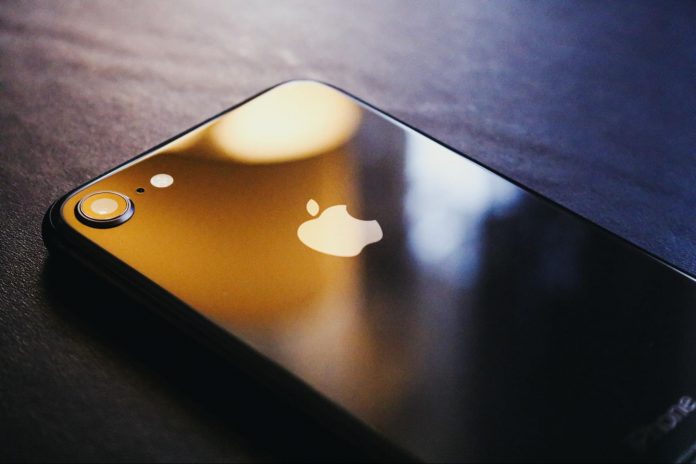Apple is known to manufacture reliable devices, and iPhones are no exception. It is no surprise to see roughly half of the smartphone users sticking to the iPhone. Neat features, a sleek design, a small sense of pride knowing that you have such a device, and its security are some of the main reasons why iPhones are so popular.
Nevertheless, it is worth pointing that new iPhone owners might neglect to take certain precautions to secure their device. While iPhones are not as prone to cybersecurity threats that much, the odds of encountering one and infecting your smartphone are still there.
The suggestions below will help you develop a proper iPhone security strategy.
Check If Transferred Files Are Safe
You might have a friend or family member who wants to share their files with you. For example, pictures that they have taken on holiday. It is not that difficult to transfer photos from iphone to iphone, thanks to applications like AnyTrans. Or, as an alternative, one can send photos via social media or email.
If you are certain that the files you receive on your smartphone are safe because they are from someone you know and trust, you should probably not need to worry.
On the other hand, if you are about to receive files from someone you do not know personally, it would probably be better to check them using scanning tools or even avoid getting these files on the iPhone.
Enable Automatic iOS Updates
It is important to keep your device up to date because Apple engineers react to the latest cybersecurity threats and push patches that protect iPhones.
You can enable the auto-update feature in the Software Update. Go to iPhone’s settings, click Software Update, and Customize Automatic Updates. From there, enable the Download iOS Updates tab.
Ensuring that your iPhone has the latest iOS version is beneficial for security and overall performance improvements and the benefits of having the latest iOS features.
Another thing to note about updates is that you should also keep an eye on the iPhone’s applications. When a new version of an app is available, download it from the App Store.
Stick to VPNs While Using Public Wi-Fi
 If you need to connect to public Wi-Fi, remember that these networks lack the necessary security protocols. In other words, joining public Wi-Fi means exposing your device to potential hacker attacks.
If you need to connect to public Wi-Fi, remember that these networks lack the necessary security protocols. In other words, joining public Wi-Fi means exposing your device to potential hacker attacks.
One of the ways to overcome the issue is to get a virtual private network on your smartphone. A VPN hides your digital tracks by providing a different IP address and encrypting traces online.
A decent VPN costs a couple of dollars per month, so if you are going on a trip and have to use Wi-Fi in a hotel, or if there is another instance of needing to join the public internet with your iPhone, make sure to connect via a virtual private network.
Use Touch ID or Face ID
Touch ID or Face ID might seem like too much of a hassle in certain situations, but it is that extra layer of security to protect your information in case the iPhone ends up in another person’s hands.
Both Touch ID and Face ID are available in the iPhone’s settings. Setting up the two should not take too long. For Face ID, you will need to take a photo of yourself and save it as a recognition tool.
For Touch ID, you will have to tap the finger’s on the iPhone’s screen when asked. The device will store the information in its memory and will allow you to unlock it using your fingers. To set up Touch ID properly, your fingers have to be clean.
Change Passwords Regularly
Another tip that you might find annoying is to change your passwords regularly. In fact, it would be better to have a proper password policy in general. Instead of using the same passwords for every account you own, change passwords regularly.
In case you struggle with creativity, there are password generators online that can create combinations for you. Also, if remembering different passwords is too hard, take advantage of a password manager that stores your account details and lets you access them with a master password.
Be Wary of Permissions
 You will find that quite a few applications ask you for permissions, specifically your location. It might not seem like a harmful thing on the surface level, but you cannot know when someone might decide to track you.
You will find that quite a few applications ask you for permissions, specifically your location. It might not seem like a harmful thing on the surface level, but you cannot know when someone might decide to track you.
It would probably be for the best to ignore these permissions. And if an app is not functioning properly unless you give it permission, something is fishy, and you would be better off not using that app.
Avoid Shady Websites
Shady websites are another potential hazard to your privacy and security while using an iPhone. Opening an email attachment that redirects you to a landing page, clicking on a link that someone sends you on social media, or tapping on an app accidentally might lead you to a malware-infested page. If a URL seems suspicious, avoid it.

